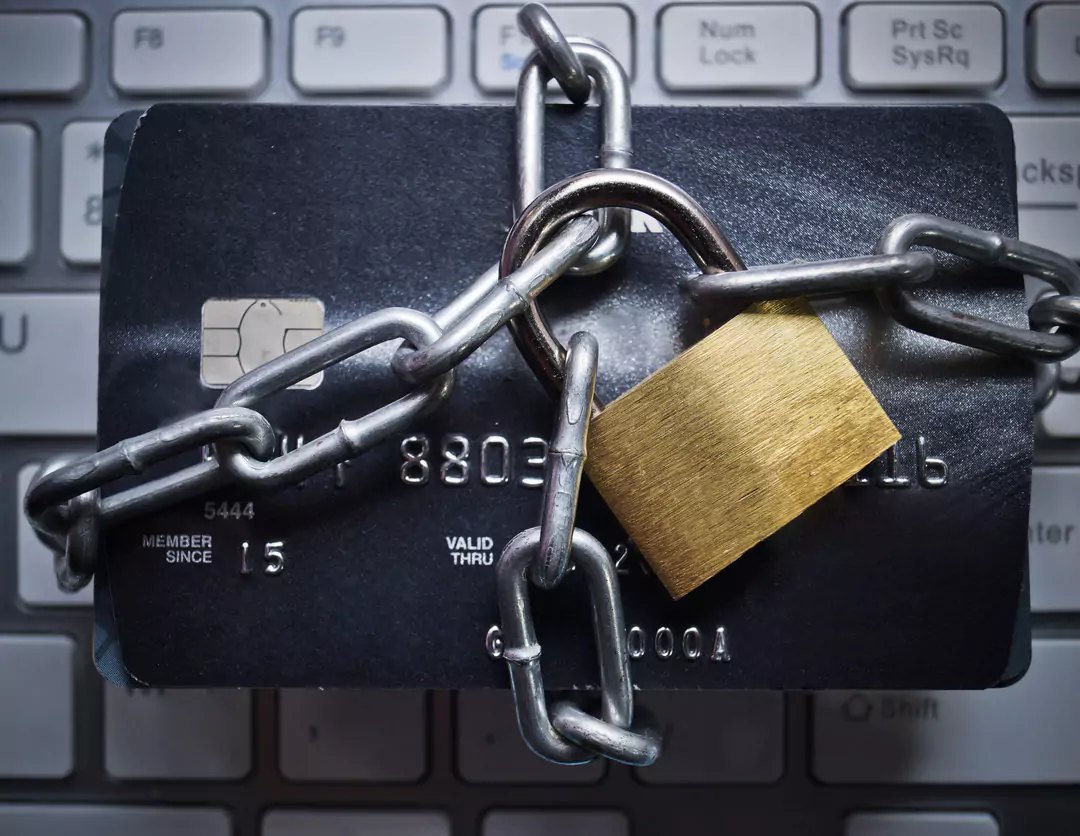Chip cards are getting the attention as a fraud-defender, but they don’t help online. Get the details on basic online fraud prevention.
Selling online is easier than ever thanks to E-commerce packages and hosting services that make running a website possible for even the least tech-savvy business owner, but it’s important to utilize anti-fraud tools to protect your business and your customers.
You’ve probably heard a lot about EMV chip cards in the past year, but you may not know that chip cards don’t offer protection for online transactions.
If you’re counting on those little chips to protect your E-commerce business from fraud and chargebacks, think again.
Instead, you’ll want to make sure you’re taking advantage of anti-fraud tools that are specifically geared to online transactions, including the two most common: Address Verification System, and Card Verification Value.
Types of Fraud
There are two general categories of credit card fraud. There’s the kind you probably think of immediately: thieves and scammers that steal card info and use it without the cardholder’s knowledge. This type of fraud is common, but the banks, processors, and credit card companies work hard to create tools to help combat it.
The second kind of fraud called “friendly fraud,” is on the rise. Friendly fraud is when a customer uses their own credit card and makes a purchase but later issues a chargeback, claiming that they didn’t make the purchase or didn’t receive the item. In some cases, friendly fraud can be harder to fight since the scammer knows additional details that can help pass security checks, such as billing ZIP code or street address, but there are still steps you can take to protect yourself and using the tools listed here can help you in disputes with the card companies.
Main Anti-Fraud Tools
There are two commonly used anti-fraud tools for online transactions, with a third, less common, option also available. They are Card Verification Value, Address Verification System, and 3D Secure, respectively. 3D Secure (with MasterCard-specific version MasterCard SecureCode and the Visa-specific Verified by Visa) are more complicated and less popular with consumers and businesses alike, so instead we’ll focus on the two tools that are more user-friendly and beneficial.
Card Verification Value
Also called CVV or CVC, Card Verification Value is one of the most basic and easy-to-implement anti-fraud tools; think of it as your first line of defense against fraud.
All credit cards have a three or four-digit number that serves as a security code to prove a customer making a purchase actually has the credit card in their possession. (Visa, MasterCard, and Discover all have three-digit codes while American Express has a four-digit code.) CVV requires that a customer enter that code when making a purchase so that it can be checked against the card company’s records.
While it won’t help in cases of friendly fraud or situations where a thief has the physical card, it does help in the common situation where the scammer has credit card numbers, but not the card with the CVV. There is usually no additional cost to use Card Verification Value as part of your online checkout process.
Address Verification System
Also called AVS, Address Verification System is the next line of defense and another common and useful anti-fraud tool. AVS requires customers enter their billing information (street number, street name and ZIP code) and check it against the billing data on file with the credit card company.
The system will then return a code informing you if the information matches exactly, matches partially, or doesn’t match at all; with that information, you can choose to accept or decline transactions based on how much information is incorrect. In most cases, you can set filters to do the legwork for you. For example, you could set your system so that it automatically declines any transactions where the AVS information is all incorrect or set it to notify you to manually review a transaction where some of the AVS information is incorrect.
You can also decide internally if you’d like to implement a policy of only shipping to the same address as the billing address to prevent situations of a scammer knowing/using the correct billing address but having goods sent elsewhere.
In addition to preventing fraud, it’s a good idea to use AVS as it may save you money on your processing fees by helping you qualify for lower-cost interchange categories. Basically, if you use AVS, your transactions have a better chance of receiving more favorable processing rates, and if you don’t, your transactions will “downgrade” or be subject to higher processing costs. You may only see savings if you’re on a competitive interchange-plus pricing model, though, so be sure to check how your processor charges.
Chargebacks
Lastly, the Visa Merchant Guide to Chargebacks indicates that businesses using AVS appropriately may be in a better position to defend and win chargebacks, a benefit that could help you a lot when it comes to fighting friendly fraud from illegitimate chargebacks filed by customers trying to get free stuff.
Note that you will have to pay a fee to use AVS. MasterCard charges a small fee (which your processor cannot control) while your credit card processor can choose to set an additional fee, which typically ranges from one cent to 10 cents per use. Not all processors charge an additional fee, so be sure to check with your processor to find out exactly what you can expect to pay when using AVS in your online business.
While there is no foolproof method to preventing fraud and unauthorized purchases, taking advantage of these two common anti-fraud tools can significantly benefit your bottom line and give you a leg up in defending chargebacks from friendly fraud.


